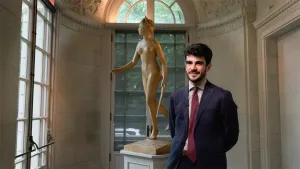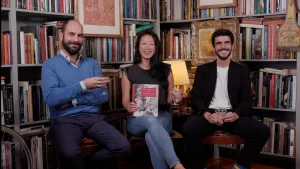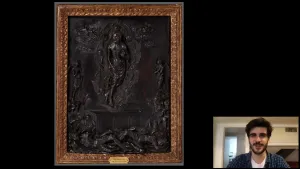Our renovated buildings are now open! Tickets.

NOW OPEN
Plan your visit to our renovated buildings.
Book your timed ticket today!
Members enjoy exclusive access all year.
Support The Frick Collection
Your generosity sustains our world-class public programs, research, and conservation efforts.
The Frick at Your Fingertips
Museum and library news straight to your inbox.
Sign up today!








